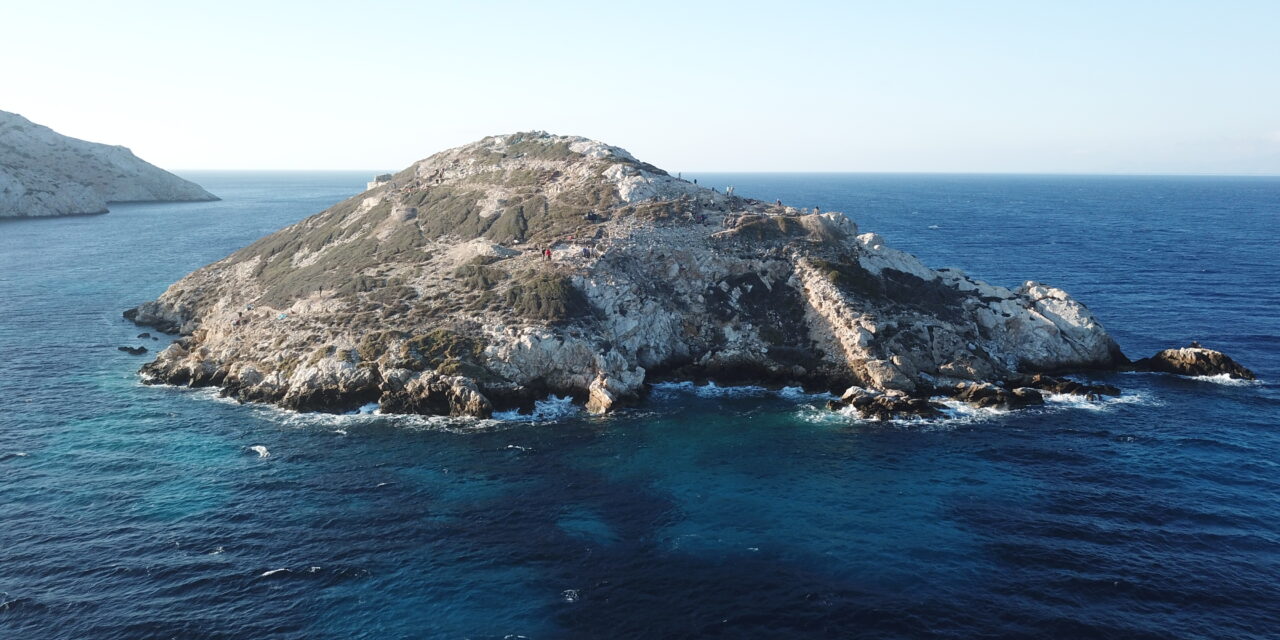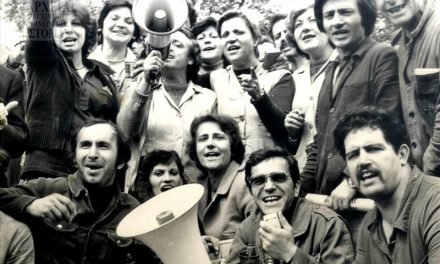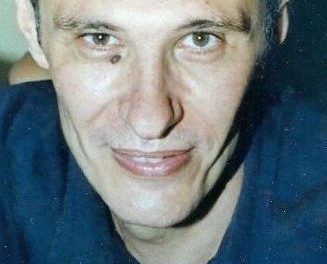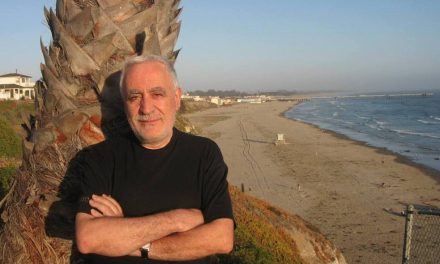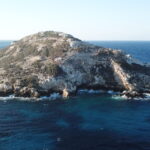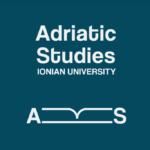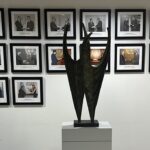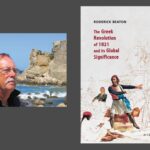The small and now uninhabited island of Keros was on of the major centers of Cycladic civilization; together with the adjacent islet of Dhaskalio they comprise the largest settlement and earliest maritime sanctuary of the Early Bronze Age (2800-2200 BC). Even a period of the Early Cycladic age, the Keros-Syros culture, is named after the island. Through cooperation, connectivity and communication the inhabitants of ancient Keros “created the world’s first information age, drawing in participants from across the Cyclades and beyond”.
The Keros Project, is dedicated to the in-depth investigation of this precious site, uncovering the secrets of a community that “became the blueprint for the emergence of civilisation in the eastern Mediterranean, the harbinger of future Minoan and Mycenaean societies and even the early Greek polis”, according to the project’s site.
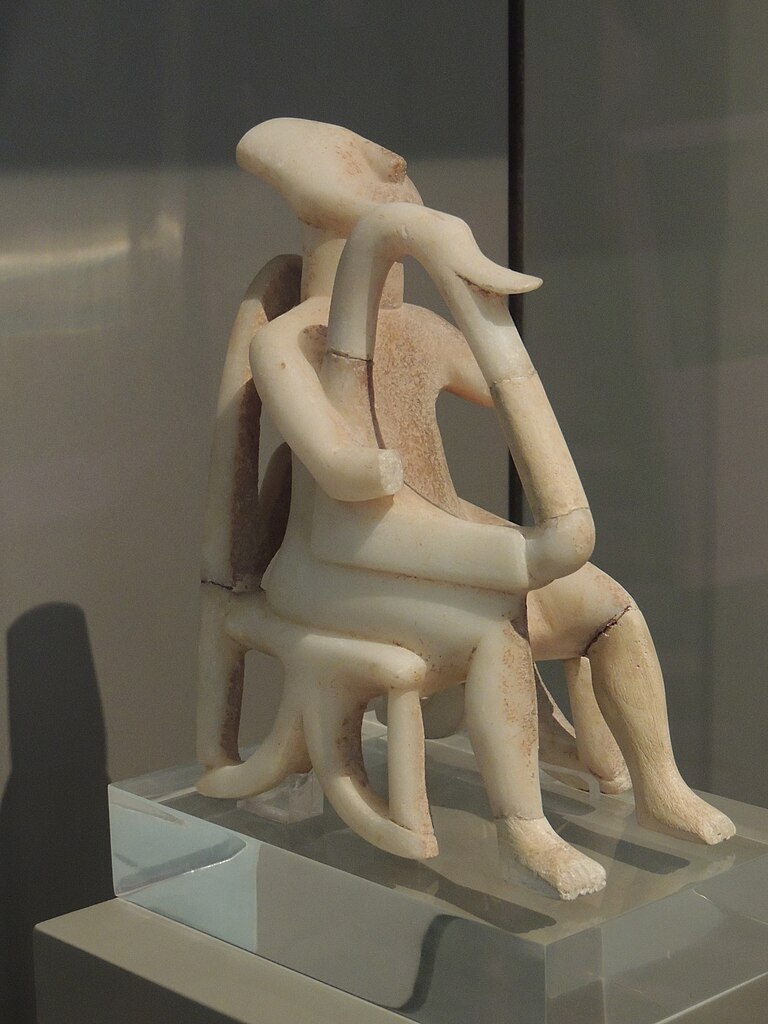
Colin Renfrew and Christos Doumas who (separately) visited the site in the 1960s and discovered it had been partially looted. Further archaeological investigation was carried out in 1963 by Doumas, later in 1967 by Zapheiropoulou and in 1987 by Renfrew, Doumas and Marangou.
The project was originally led by the University of Cambridge, directed until 2018 by Prof. Lord Colin Renfrew (who passed away in November 2024) and Dr Michael Boyd. The new excavation season will begin in the summer of 2025; will formally be a co-operative project between the Greek Ministry of Culture (Ephorate of Antiquities of Cyclades) and the British School at Athens, with the close collaboration of The Cyprus Institute.
Our sister publication, GRaktuell, spoke with project’s directors: Dr Michael Boyd, specialist in the early prehistory of the Cyclades and the wider Aegean, Senior Research Affiliate at The Cyprus Institute; Dr Evi Margaritis, Associate Professor at the Cyprus Institute, based at the Science and Technology in Archaeology and Culture Research Center; and Dr Demetris Athanasoulis, Director of the Ephorate of Antiquities of Cyclades*.
How would you define the vision of the recently departed Professor Colin Renfrew for the Cycladic area and especially the island of Keros?
Colin Renfrew spent his entire academic career thinking about the prehistoric Cyclades. He first visited Keros in 1963 while researching for his PhD, and was one of the first archaeologists to understand the importance of Keros, even naming a chronological period after it (the Keros-Syros period).
While in 1963 it was very difficult to interpret what the remains on Keros were telling us, Renfrew spent much of his career thinking about it. After his seminal 1972 volume The Emergence of Civilisation, he organized several research projects with Keros as focus, beginning in 1987 and continuing 2006-2008, 2012-2013 and 2015-2018. Each of these was more ambitious than the last, and each provided groundbreaking insights not only into prehistoric Keros but into the whole of the third millennium BCE in Greece, one of the key turning points in the development of human history in the Mediterranean.

Please describe the timeline and the finds of the excavations on Keros, focusing on your personal experience.
Keros first came to the attention of archaeologists in 1963 when looters attacked an archaeological site at the western end of an island that at that time was occupied by just one family. Rescue excavations of the Ephoreia concentrated on the looted area and recovered unprecedented numbers of marble Cycladic figurines, marble vessels, and unusual ceramic vessels, all broken. In 1987 Renfrew with colleagues undertook scientific examination of the looted area and began to investigate the wider archaeological site. Renfrew came to the conclusion that the marble objects had all been broken in antiquity, suggesting that the site was a ritual one.
In order to investigate this intriguing thought as well as to understand the whole site better, Renfrew organised a three-year project in 2006-08. Astonishingly, it was discovered that there was a second area of ‘special deposition’ with the same kind of broken materials, but this one not discovered or destroyed by the looters. Margaritis remembers “the first day that we excavated in the new area, figurines started to come up. We were all astonished and felt the weight of this discovery. On a personal level, it was already quite something to me to work with Professor Renfrew, a living legend, but to be there at the discovery of such a unique site was an unforgettable experience”.
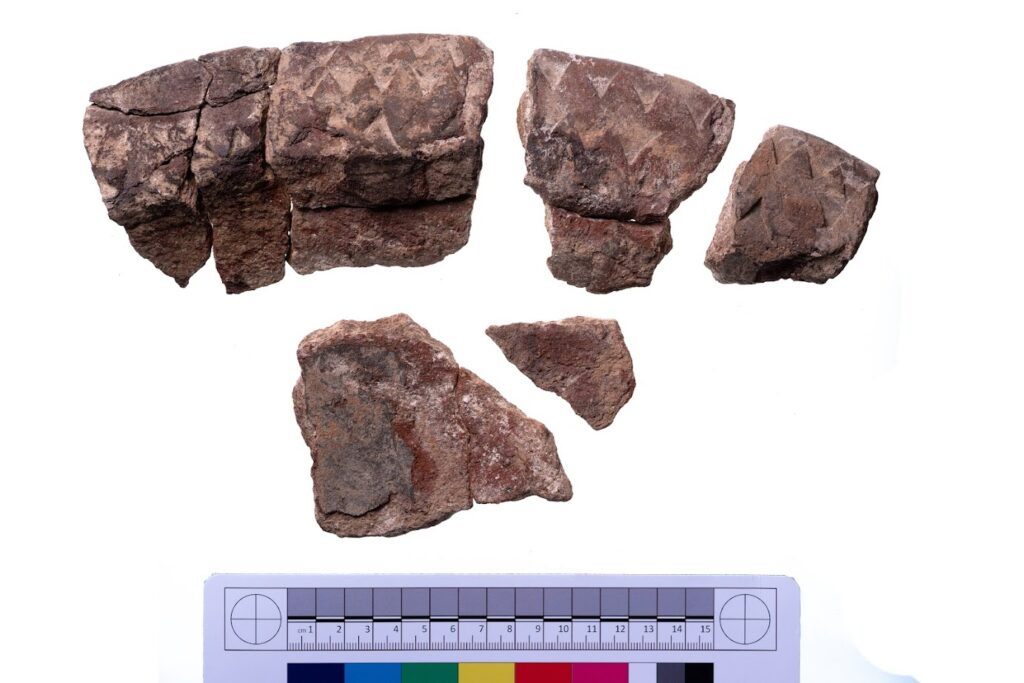
The Excavation went on to uncover more than 500 figurine fragments, along with more than 2000 stone vessel fragments. It turned out that only one fragment of each object was to be found in the deposit, which meant that the other pieces were elsewhere, and only a single broken piece was brought to Keros for these strange rituals of deposition. This led Renfrew to the conclusion that the site was the world’s first maritime sanctuary.
Meanwhile work began on the tiny islet of Dhaskalio, 90m west of Keros, but joined to it 5000 years ago as the sea level was different. Michael Boyd joined the project in 2008 and remembers what it was like to see Dhaskalio for the first time: “I took the boat in the morning, the 20-minute journey in the caique as the sun was rising over Keros, and saw this little shape rising out of the water, its sides steep and rugged, and looking nothing like what my idea of a settlement would be. We climbed up and I saw for the first time the complex of walls and began to realise that not only was this islet occupied, but that there were many, many buildings and this was quite an important place. When we designed the later projects we focused on Dhaskalio as there was still so much for us to learn”.
The 2006-2008 excavations uncovered buildings on the summit, but the 2016-2018 excavations showed that there were dense buildings all over the islet, and began to teach us what those buildings were for: technologically advanced metalworking, showing that Dhaskalio was one of the most innovative hubs of its period.
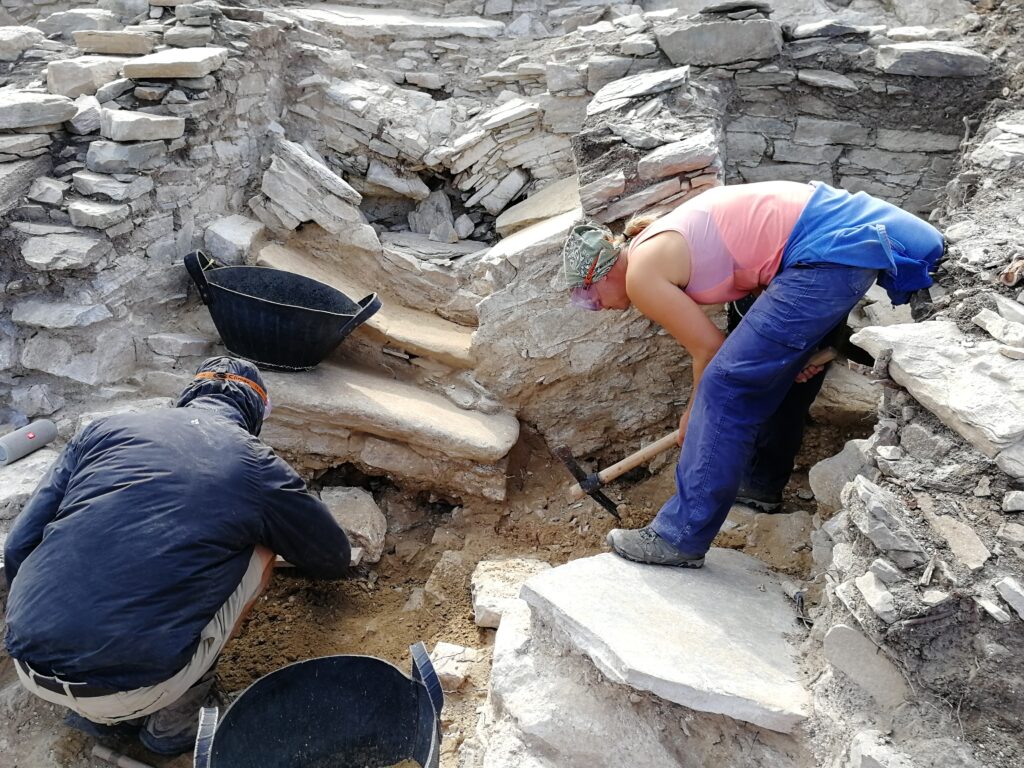
Do you think the public in Greece and abroad is adequately aware of the significance of the Keros Project?
We have worked really hard to communicate our enthusiasm and our results to the public, both Greek and international. The Ephorate of Antiquities of Cyclades organised an exhibition of our finds in 2019 in the museum on Kouphonisi, and this exhibition was later presented to the public in Athens, opened by the President and the Minister of Culture, which added to the publicity it received. Meanwhile we have participated in two world-class documentaries about our work, one by ERT and the other by Cosmote-TV and National Geographic. This has led to an ongoing dissemination of our work in public channels. In addition there have been newspaper and magazine articles and much is available on the internet.
How does the excavation program continue in terms of resources, infrastructure and objectives in the near future? Do you need additional support at various levels?
We have spent the past few years studying our finds to ensure that the mass of scientific data we have produced is properly interpreted and made available to the public. This is one of the unique aspects of our work, that we build in sufficient time and resources to ensure full and complete publication: not many excavations manage this.
Professor Renfrew had always envisaged that the next phase of excavation would proceed with his support but not with his active participation, and to that end the current leadership of the project, through Michael Boyd, Evi Margaritis and Demetris Athanasoulis had his blessing. Funding such a large excavation is always a problem, and although we have a lot of support we all have to spend much of our time involved in fundraising and in obtaining practical support for the project. We are also seeking sponsorship of our activities by service providers. This is an opportunity for sponsors to be involved in a very high-profile project.

In the end, does archaeological research and the study of prehistoric Cycladic society concern only the small circle of your colleagues or are its finds still relevant to contemporary society?
Archaeology is the study of the human condition, and only archaeology has the power to tell us about how people act and react in times of change, stress or upheaval. Today we face the twin challenges of extreme cultural change (we have gone from being an essentially agrarian society to a highly urban and technological one in a century) and catastrophic climate emergency. Today’s challenges are mirrored in the third millennium BCE, the world’s first information revolution, its first period of urbanism, and toward the end of that period the most recent serious climate change crisis humanity has faced. The insights we are getting from understanding life in the Cyclades five millennia ago are essential to understanding our present crises and perhaps to solving them in the future.
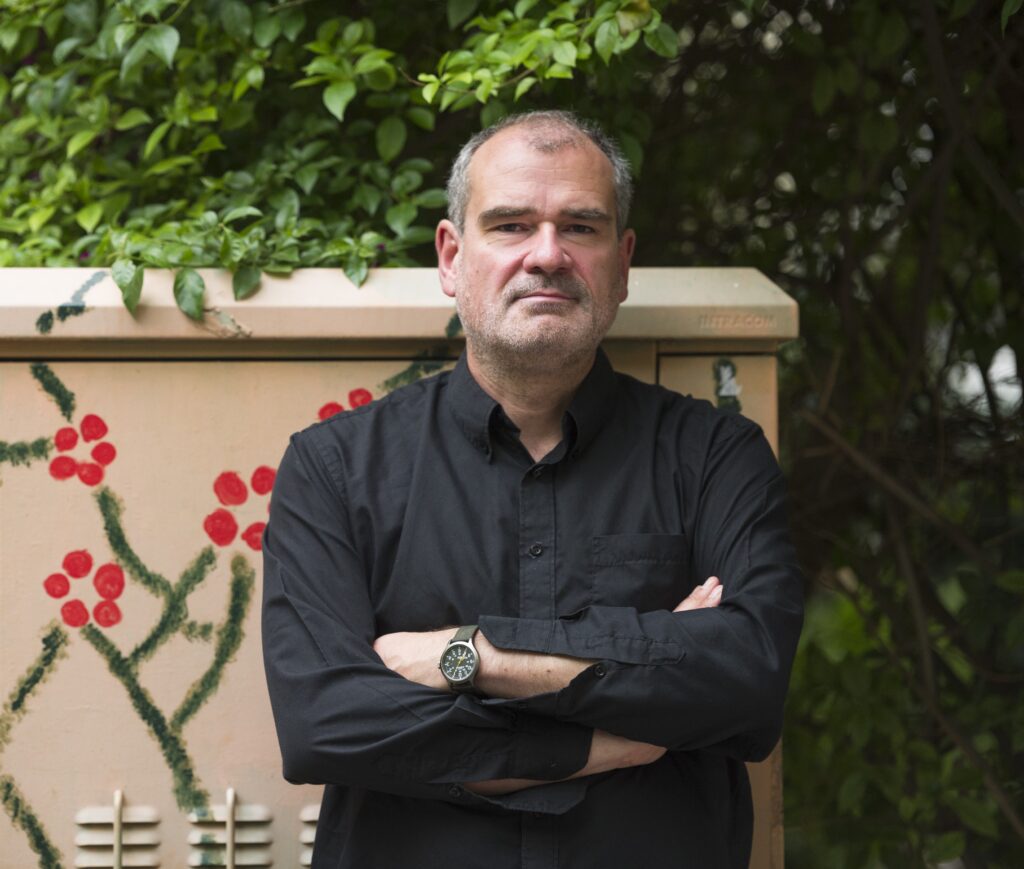
Michael Boyd is a Senior Research Affiliate at the Science and Technology in Archaeology and Culture Research Center at The Cyprus Institute, and is Research Officer at the British School at Athens. He has previously held posts in Cambridge, Sheffield and Athens. His main research interests lie in the prehistoric Aegean where he has worked extensively in the Cyclades and the Peloponnese. He is co-director of the Keros Project, and lead editor of the Keros publications series. He has worked widely in Greece, Bulgaria and Albania.
Dr. Evi Margaritis is Associate Professor in Environmental Archaeology at the Science and Technology in Archaeology and Culture Research Center (STARC) of the Cyprus Institute. A leading expert in Mediterranean archaeobotany, she has significantly advanced the study of ancient agriculture, plant-based rituals, and island archaeology.
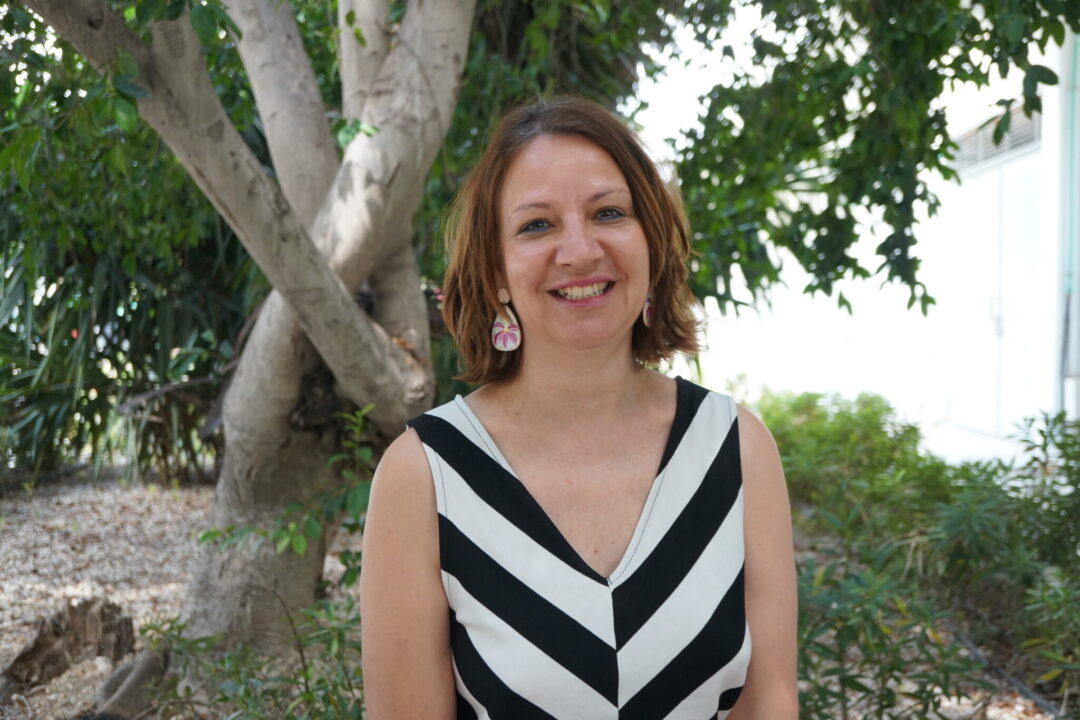
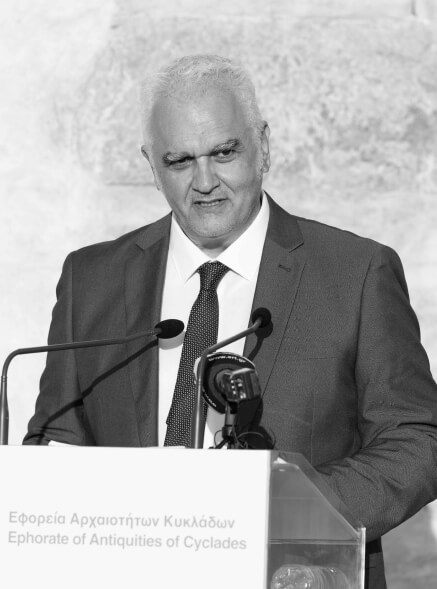
Dimitris Athanasoulis, PhD in Byzantine archaeology (Aristotle University of Thessaloniki and DEA Université Paris I – Panthéon-Sorbonne), is director of the Ephorate of Cyclades Antiquities of the Ministry of Culture. He is a member of the Scientific Committee of the Parco Archeologico di Pompei (Pompeii), of the Board of the Christian Archaeological Society, Chairman and member of Scientific Committees and Councils of the Ministry of Culture.
Read also via Greek News Agenda: Cycladic Identity initiative moves into its second phase – “Greek Islands Trail, Cyclades” to propose a unified hiking route; The archaeological site of Akrotiri on Santorini | The Pompeii of the Aegean; Yannos Kourayos, bringing the archaeological site of Despotiko to life

